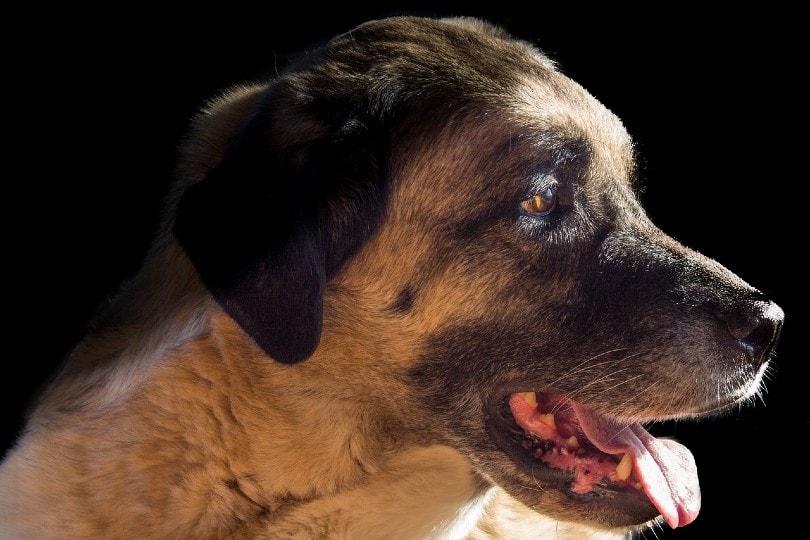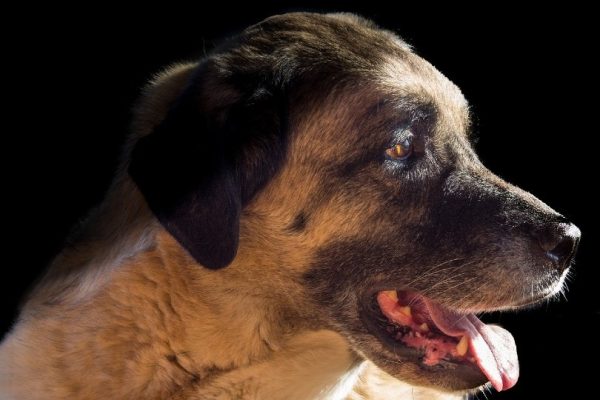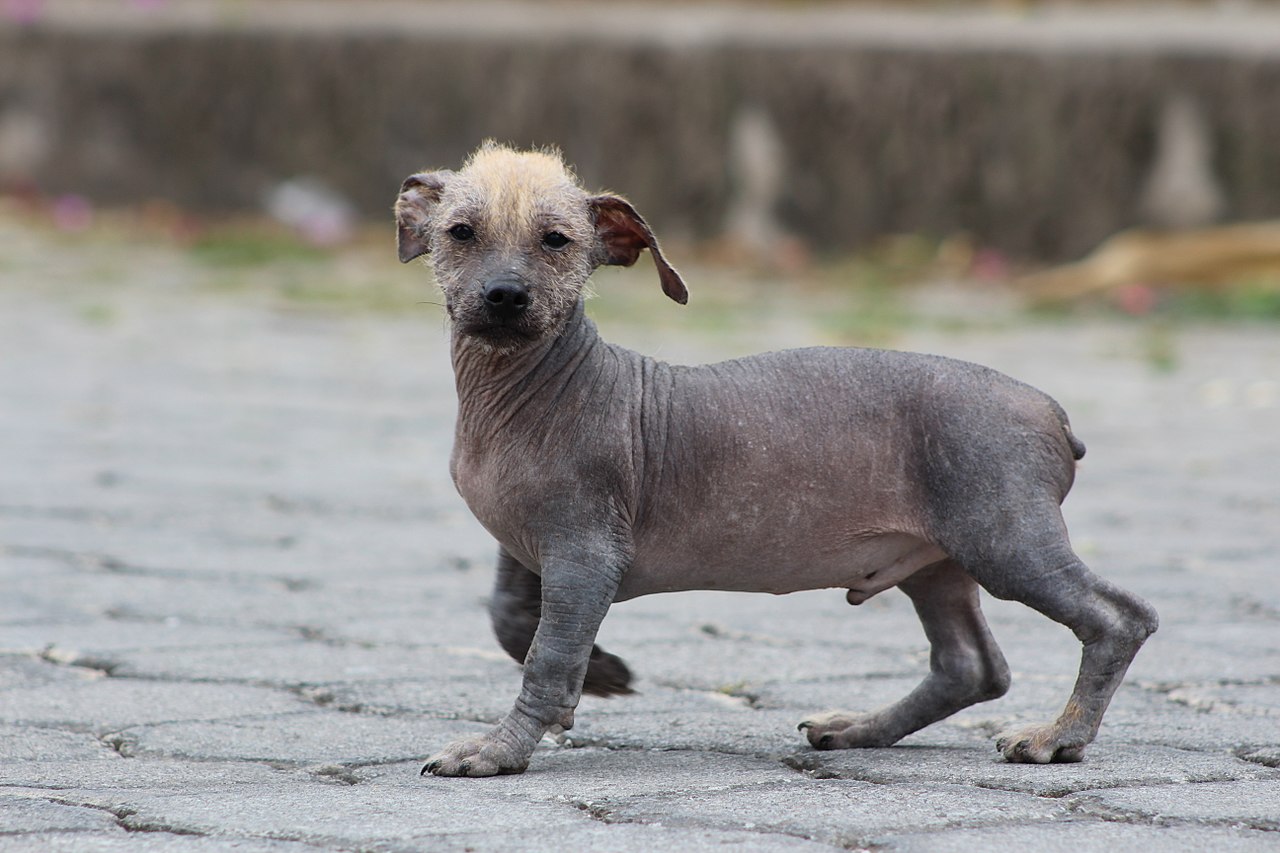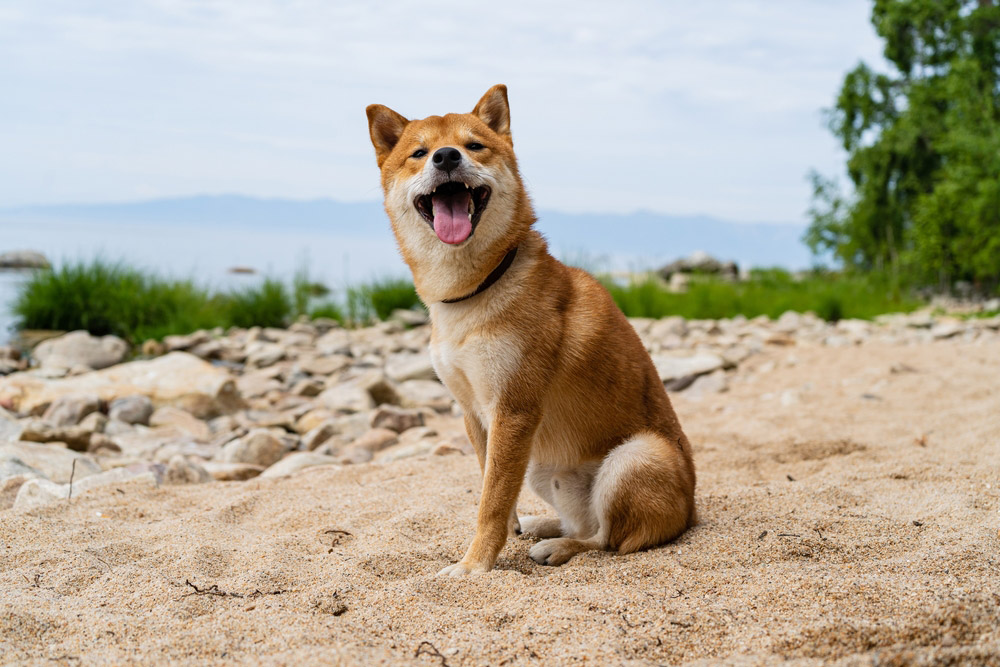We’re sure you’ve heard the expression about a dog’s bark being worse than his bite. But one dog breed that this statement doesn’t apply to is a Kangal, as they have the strongest bite force of any dog breed. Although these dogs are large, they don’t tend to be aggressive as long as they are treated right. Rather, that strong bite goes back to the history of the breed and the purpose that these dogs served.
A Kangal, also known as an Anatolian Shepherd, is a dog breed that has origins in Turkey. There, they were used to protect sheep and other livestock from predators, including wolves, bears, and boars. These predators aren’t gentle by any means, so it’s important for a Kangal to have a strong bite force in order to be effective at keeping them away. Without further ado, let’s take a look at exactly what that bite force is.
What Is a Kangal’s Bite Force?
An animal’s bite force refers to the strength of an animal’s bite. Although Kangals don’t have the strongest bite force of any animal, they do have the strongest bite of any other dog breed. The bite force is measured in something known as pounds per square inch, or PSI for short.
The bite force PSI measurement for a Kangal is a whopping 743 PSI. That’s why these dogs are commonly used as protectors of both livestock and people. Once an animal (or a person) gets a bite from a Kangal, it’s pretty much a guarantee that they won’t come near ever again.
Just for comparison purposes, the dog breed with the next strongest bite force is the American Bandog, with a bite force of 730 PSI. The Rottweiler, another common guard dog, has a bite force that is about half as strong, at 328 PSI. A German Shepherd, which is commonly used as a police dog, only has a bite force of 238 PSI, while a human bite force averages around 160 PSI.
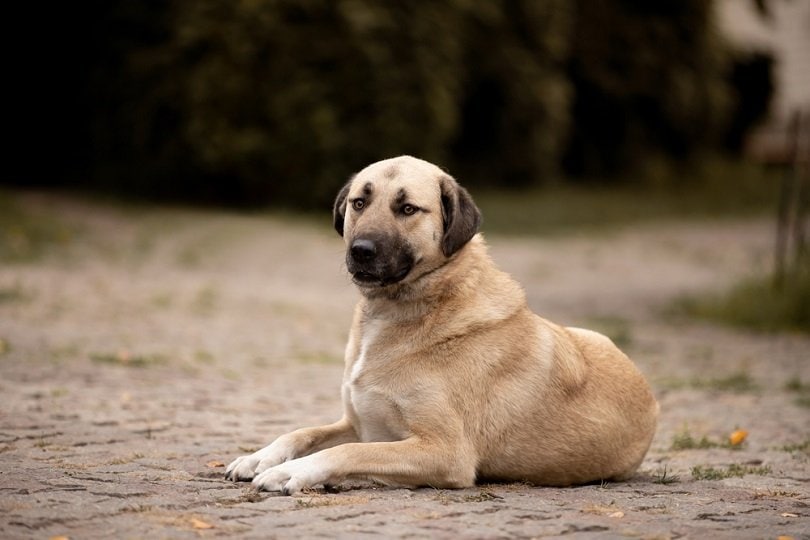
What Is a Kangal’s Bite Force Compared to Other Animals?
Even though a Kangal has the strongest bite force of any dog breed, his bite pales in comparison to the Saltwater Crocodile. These crocodiles have a bite force of 3,700 PSI! A list of some animals with the strongest bite forces include:
- American Alligator- 2,125 PSI
- Hippopotamus- 1,800 PSI
- Bull Shark- 1,350 PSI
- Gorilla- 1,300 PSI
- Polar Bear- 1,200 PSI
- Grizzly Bear- 1,160 PSI
- Hyena- 1,100 PSI
However, there are other predatory animals that are considered by many to be dangerous whose bite forces aren’t as strong as a Kangal’s.
- Lion- 650 PSI
- Grey Wolf- 406 PSI
- Cougar- 350 PSI
As you can see, a Kangal has a stronger bite force than the main animal that they were bred to protect livestock from in Turkey: the gray wolf.
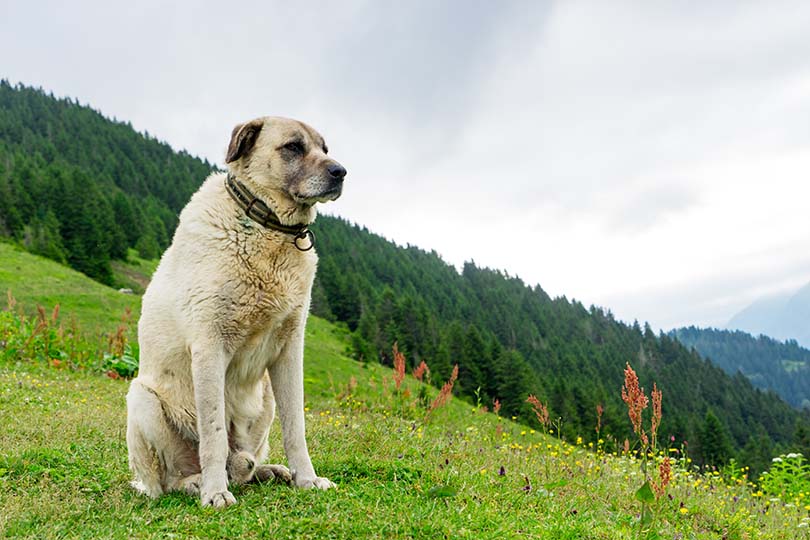
Can a Kangal’s Bite Break a Bone?
The best answer to this question is that it just depends on the bone. The strongest bone in the human body is the femur, which requires about 4,000 Newtons of force to break. 4,000 Newtons is the equivalent to around 899 PSI. Since a Kangal’s bite force is only 743 PSI, it is highly unlikely for his bite to break a femur. However, it is possible that a Kangal could break a smaller bone, such as a bone in the finger or hand.
Even so, a bone isn’t likely to break due to just the bite from a dog. Instead, more damage is likely to occur when a dog bites down, then shakes his head while biting down. But just because a bone doesn’t break doesn’t mean other damage won’t occur.
If a Kangal does bite, it is likely to cause bruising or even draw blood. In some cases, the bite of a Kangal can even result in death if he bites the wrong place and draws blood. However, it is very rare for this to happen to a human, as Kangals usually only bite predatory animals that they perceive to be threats to the livestock they are guarding.
Are Kangals Dangerous to Have as Pets?
The large size of a Kangal is intimidating enough (they can weigh up to 150 pounds). But now that you know their bite force, it can make them seem even more dangerous. It’s always a good idea to use common sense around animals when you don’t know how strong they are. But the good news about Kangals is that they generally aren’t aggressive and they don’t bite unless they are provoked or sense a threat.
In terms of having a Kangal as a pet, it should be fine as long as you train and socialize them properly. These dogs will be more protective of their humans than they will be dangerous to them. Kangals aren’t the most affectionate dogs; they tend to have an independent nature. Plus, they can be very reserved.
However, Kangals are extremely patient and loyal toward their humans, including children and other pets. If you have kids, you don’t have to worry too much about your Kangal hurting them as long as you watch them closely. They can be territorial and don’t much care for strangers or anything that appears to be a threat to those that the Kangal is loyal to. This is what makes them such good guard dogs to have around your home and farm.
Final Thoughts
Of all of the dog breeds out there, a Kangal has the strongest bite force. Because of this, it is understandable if you’re concerned about having a Kangal as a pet. But you shouldn’t let the strong bite deter you from having the opportunity to love one of these dogs, as it is very rare that they turn their bite to humans.
A Kangal’s bite is mostly reserved for things that they see as a threat since they were originally bred to be herders and protectors of livestock. But, if you’re still concerned about the bite of a Kangal, you can always train him not to bite in order for you and your family to feel safe.
Featured Image Credit: pmwtastro, Pixabay

